
“Redemption”. That seems to be the theme this year for major smartphone manufacturers. Although the stakes are arguably higher for Samsung, given the catastrophic failure of the Galaxy Note 7, LG hasn’t had it easy either. The LG G5 was a total flop and the modular smartphone idea was practically dead. LG learned the hard way that it wasn’t what its users wanted. So it went back to the drawing board, made some surveys, and came up with the LG G6. But does LG’s new high-end champion finally deliver? We dig in to find out.
It’s all about the display
By removing almost all the bezels on the G6, LG has made the smartphone really all about its screen. Some might argue that that is all the G6 is about, which is going to cause LG some problems considering the Samsung Galaxy S8 is making the same offer plus some more. That said, if you’re looking for a no-nonsense large screen that isn’t that uncomfortable to hold, the G6 is indeed the game to beat.
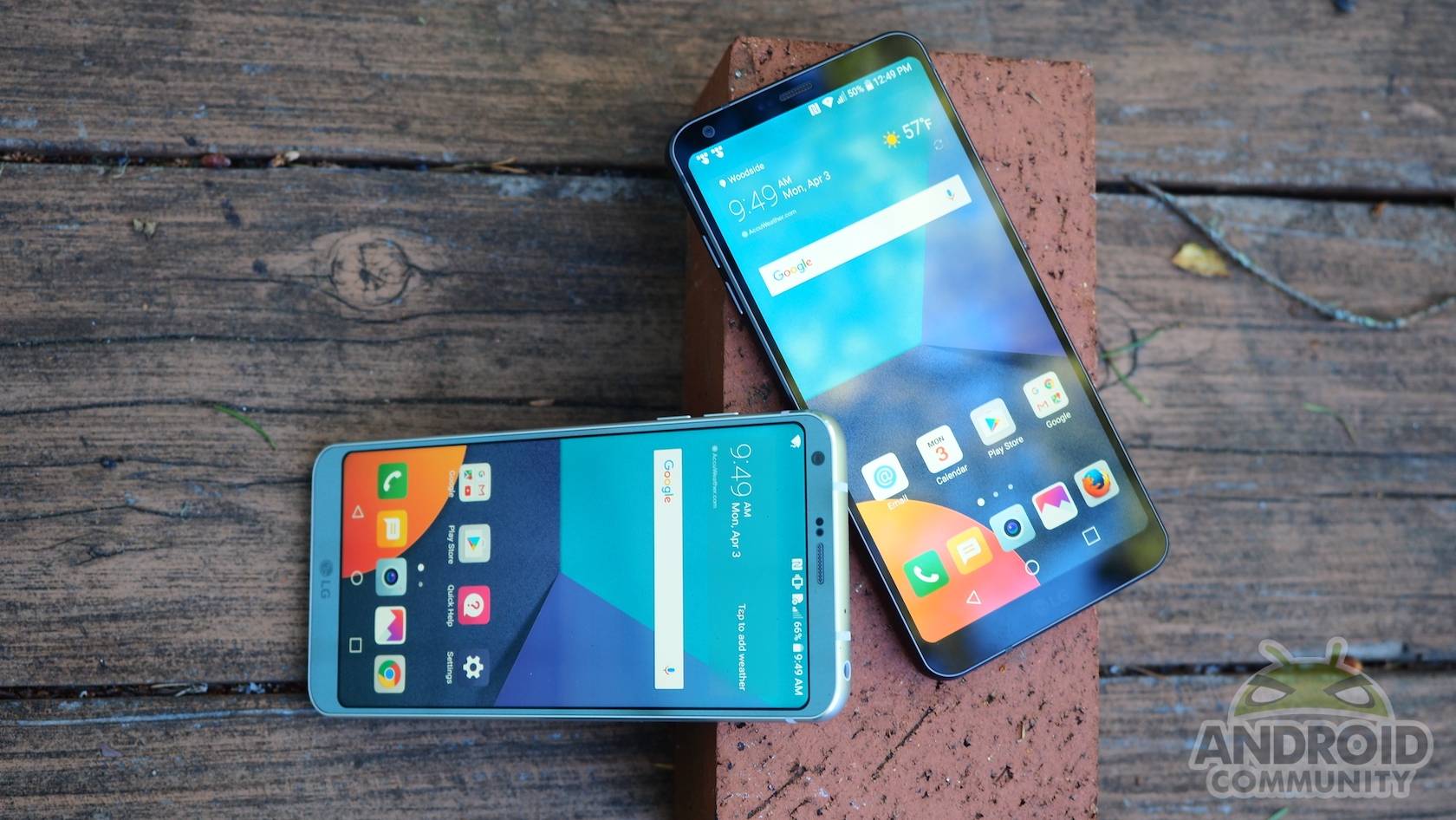
It has been repeated again and again how LG delivered the larger screen promise by basically creating a new screen aspect ratio. 18:9 or as most math-savvy people would call it, 2:1. In practice, this means that the G6 is a lot longer/taller than any other smartphone in the market (aside from the aforementioned Samsung). LG made up for the increased length by also making the device narrower than most smartphones in the market. The result? Your thumb won’t have to reach far to get to the opposite side, but good luck trying to reach for anything on the top portion of the screen, where most menus and controls lie.
The screen is admittedly a beauty to behold, both in terms of design as well as output. LG purposely stayed away from completely flushing the screen to the side edges, usually executed by curving the screen. For one, it avoids accusations of copying its rival. For another, LG says it really doesn’t believe in the usability and ergonomics of curved screen edges. The display does have rounded corners, which LG also insists isn’t just an aesthetic gimmick. It’s meant to absorb the force of impact, much like the round corners of our smartphones, so lessen the chances of that glass shattering when the phone falls.

All in all, the LG G6’s face is made eye-catching by this “FullVision” screen. Unfortunately, the rest of the phone might not endear itself to your eyes or even your desires.
Double vision
One other major emphasis for the LG G6 is its dual cameras. In truth, LG has been including such cameras since the LG V10 in late 2015. But LG is doing something different here, one that you’d be hard pressed to see in other dual camera smartphones.

Most dual cameras come in two types. One is a combination of an RGB sensor and a monochrome sensor, the latter adding depth and contrast information to the image. The other uses the second camera for, say, wide-angle shots. In both cases, the two cameras are uneven, with one sensor sporting more megapixels and overall better spec. This was true for the LG G5 and the LG V20 that followed it, which created problems for users. They had to choose between a higher quality “normal” camera and a lower quality wide-angle camera.

The LG G6 did away with that dichotomy by using the exact same type of sensor for both normal and wide angle cameras. Both use the same 13 megapixel sensor, with the difference being only the angle of the lens. This results in less “jumping” when switching between the two and the transition between views is almost seamless. Of course, you still get a fish eye effect, though it is not as pronounced as other wide-angle cameras.


Sadly, while the main cameras had an upgrade, the front one experience a downgrade. From 8 megapixels in the LG G5, the LG G6 had to make do with 5 megapixels only. Not only that, the aperture was also decreased, from f/2.0 to f/2.2. Suffice it to say, selfie lovers won’t be happy.

Here are more camera samples from the LG G6:
Last year’s story
When it comes down to it, most of the LG G6 isn’t exactly new. Most of the features are things you’ve heard before. The Qualcomm Snapdragon 821 is only slightly new, compared to the 820 on the LG V20. LG’s flagships have been carrying 4 GB of RAM since 2015. The mostly metal design, though now unibody, might almsot seem dated in light of these year’s glass trend. Fortunately, that also meant that LG still went old school with the 3.5 mm headphone jack.
That said, there are, of course, some changes, but not all of them for the better. The LG G6 is now IP68 certified, but at the cost of removing one much-touted feature in past LG flagships: the removable battery. LG makes up for it with wireless charging, but only if you’re in the US. And therein lies yet another problem of the LG G6: consistency.
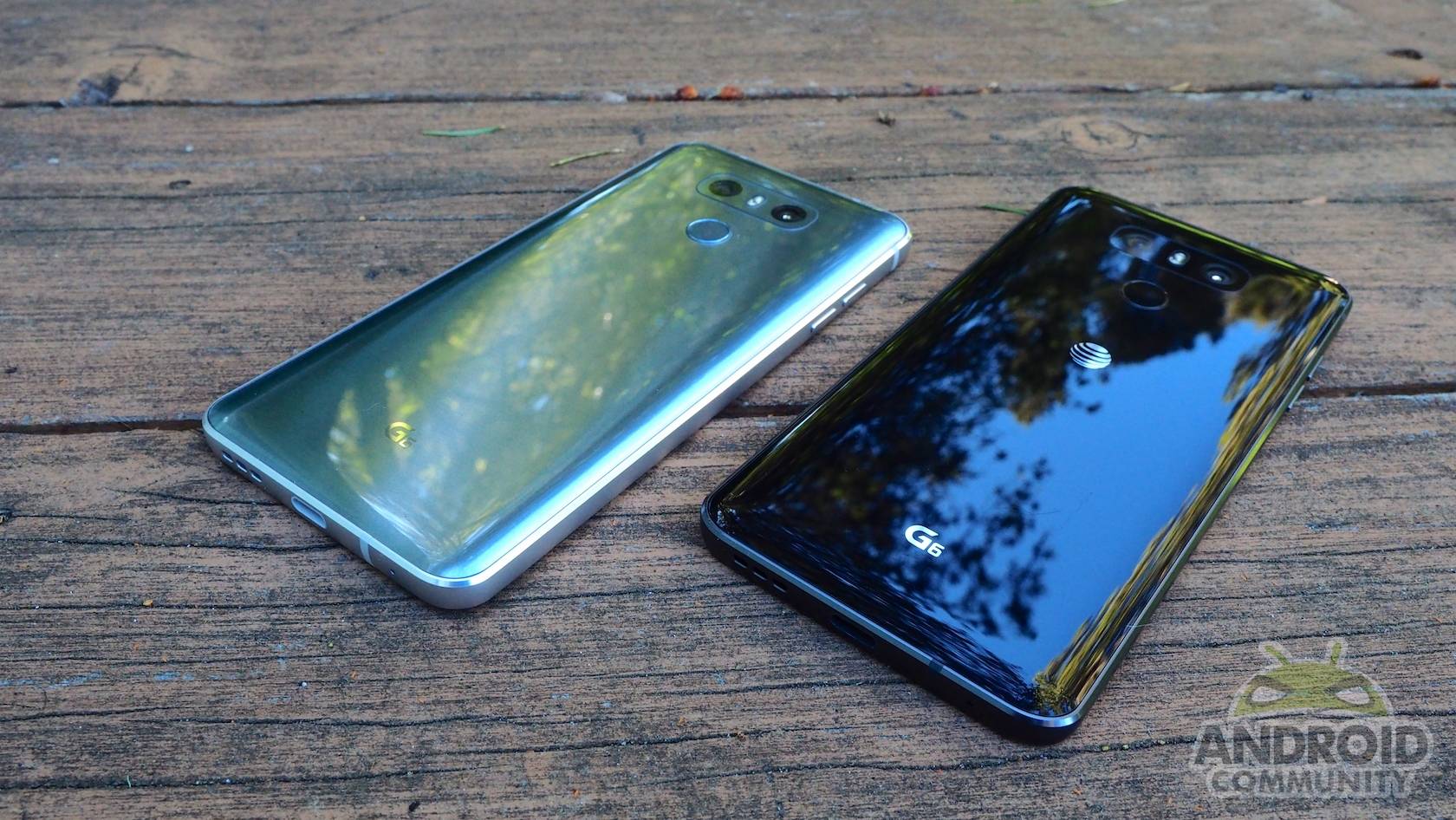
In the US, the G6 gets wireless charging but no 32-bit Quad DAC like the LG V20. In Korea, the situation is reversed. Some unfortunate markets are getting neither but will have dual SIM support instead. LG says it did its homework and that those features are near and dear to the hearts of those markets. At the same time, it concedes that it couldn’t fit all those features in for all markets without driving the price way up. So, instead, it chose to compromise on some less critical features.
Wrap-up
All in all, compromise is probably the name of the LG G6’s game. While it splurged on the display, the waterproofing and the cameras, it chose to be less generous in other aspects. Some through no fault of its own, like the Snapdragon 835 situation, while others, like Quad DAC and wireless charging, it decided based on keeping costs low.
But here’s the clincher: the LG G6 is perfectly fine the way it is. The 18:9 screen is going to usher in a new trend and hopefully the now even dual cameras will be something OEMs will aspire to do this year as well. Users are also, by now, used to having no removable batteries, as long as charging is quick and painless. And the Snapdragon 821 is still pretty much a powerhouse. Some might even say that the SD835 is overkill.
The LG G6 is simple, direct to the point, and some might say boring. It will definitely be contrasted to the Samsung Galaxy S8, which features a similar “Infinity Display” focus. The G6 will still appeal to a portion of the market that finds Samsung’s latest offering a bit too much, full of gimmicks, promises, and unnecessary cruft. Not to mention expensive. For those who prefer a delightful, beautiful, but low-key and, relatively speaking, affordable 2017 premium champion, the LG G6 is probably the compromise to get.
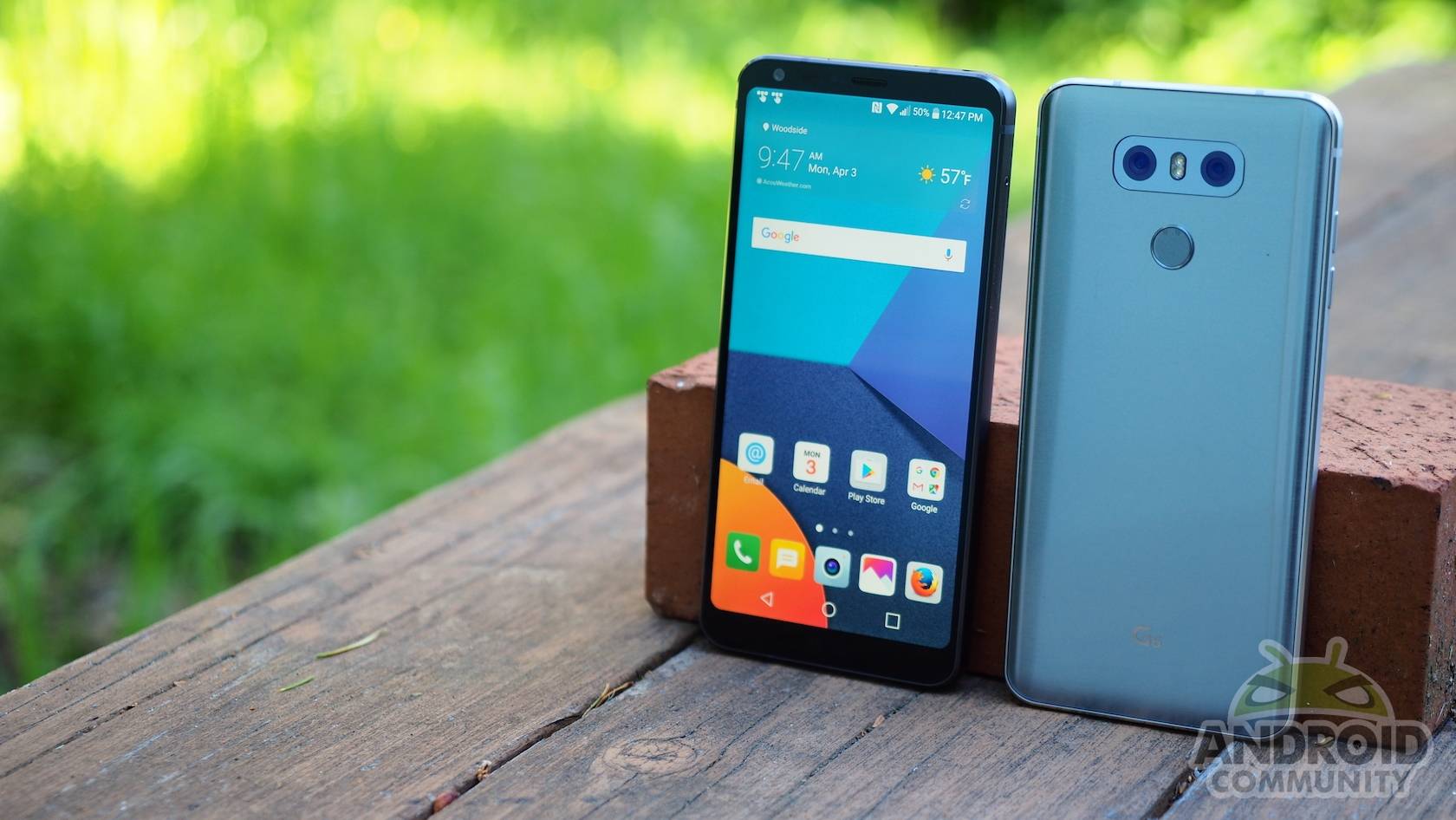



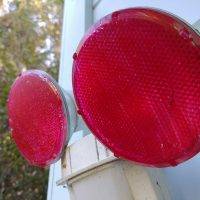






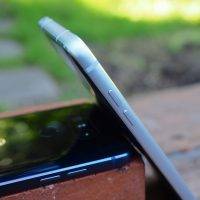
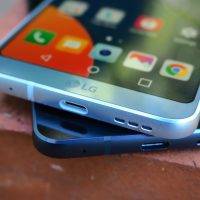
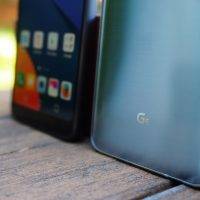
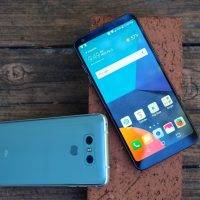








Thank you for your great assessment!
I don’t know why all the Samsung Fan’s are hating on LG so much?
But i do know this much, “only things that interest you can move you” especially, if you so called don’t care!
I have the Galaxy Note 5. I recently took advantage of the upgrade deals and preordered the LG G6. I’ve already received and activated the device. My assessment after playing with it for this short time is I might not go back to Samsung for my next purchase. Although I will keep my Note 5 as a backup device, I really like the G6. The thing about Samsung phones, and it has gotten more pronounced as the line progresses, they make great phones but sometimes with too many features. Meaning I end up paying a premium price for a phone with a whole lot of extras that I don’t end up using. The number of times i’ve actually used the S-pen on the Note 5 is low. Same goes for split screen/dual screen, whatever. The main things I prize in a smartPHONE are simple….. good call quality, sound, fast internet speeds, not too overly complicated camera, etc. So far the LG fills those requirements. I even find myself using the dual window for opening two apps at once, something I hardly ever used on any Galaxy phone. One thing I notice on Galaxy phones, the call quality is not the greatest. It’s like having a mini computer that is so so at being a phone, which is the one thing it is supposed to be. So far I don’t see that issue with the G6……Hmm, might have to get me an Apple phone and run some tests on that……
Samsung note 5 had network issues. My phone didn’t catch good network in some places due to which I had to dispose it off. I didn’t find similar issue with Samsung A9 Pro though